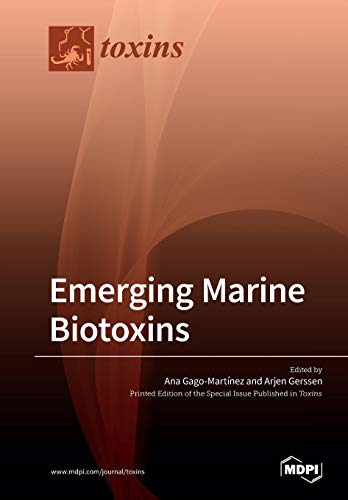

Most ebook files are in PDF format, so you can easily read them using various software such as Foxit Reader or directly on the Google Chrome browser.
Some ebook files are released by publishers in other formats such as .awz, .mobi, .epub, .fb2, etc. You may need to install specific software to read these formats on mobile/PC, such as Calibre.
Please read the tutorial at this link: https://ebookbell.com/faq
We offer FREE conversion to the popular formats you request; however, this may take some time. Therefore, right after payment, please email us, and we will try to provide the service as quickly as possible.
For some exceptional file formats or broken links (if any), please refrain from opening any disputes. Instead, email us first, and we will try to assist within a maximum of 6 hours.
EbookBell Team

4.1
80 reviewsThe emergence of marine and freshwater toxins in geographical areas where they have never been reported before is a concern due to the considerable impact on (sea)food contamination, and consequently, on public health. Several groups of marine biotoxins, in particular tetrodotoxins, ciguatoxins, and palytoxins, are included among the relevant marine biotoxins that have recently emerged in several coastal areas. A similar situation has been observed in freshwater, where cyanobacterial toxins, such as microcystins, could end up in unexpected areas such as the estuaries where shellfish are cultivated. Climate change and the increased availability of nutrients have been considered as the key factors in the expansion of all of these toxins into new areas; however, this could also be due to more intense biological invasions, more sensitive analytical methods, or perhaps even an increased scientific interest in these natural contaminations. The incidences of human intoxications due to the consumption of seafood contaminated with these toxins have made their study an important task to accomplish in order to protect human health. This Special Issue has a focus on a wide variety of emerging biotoxin classes and techniques to identify and quantify them.